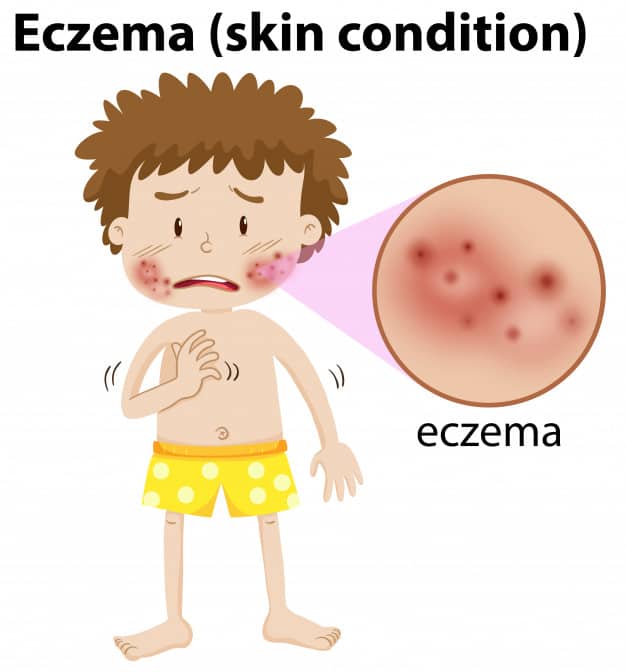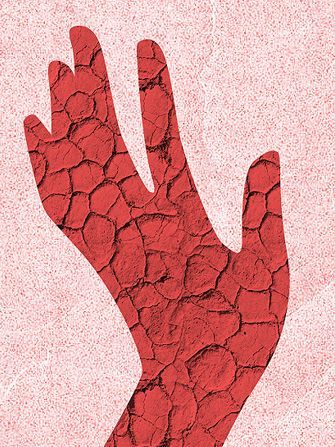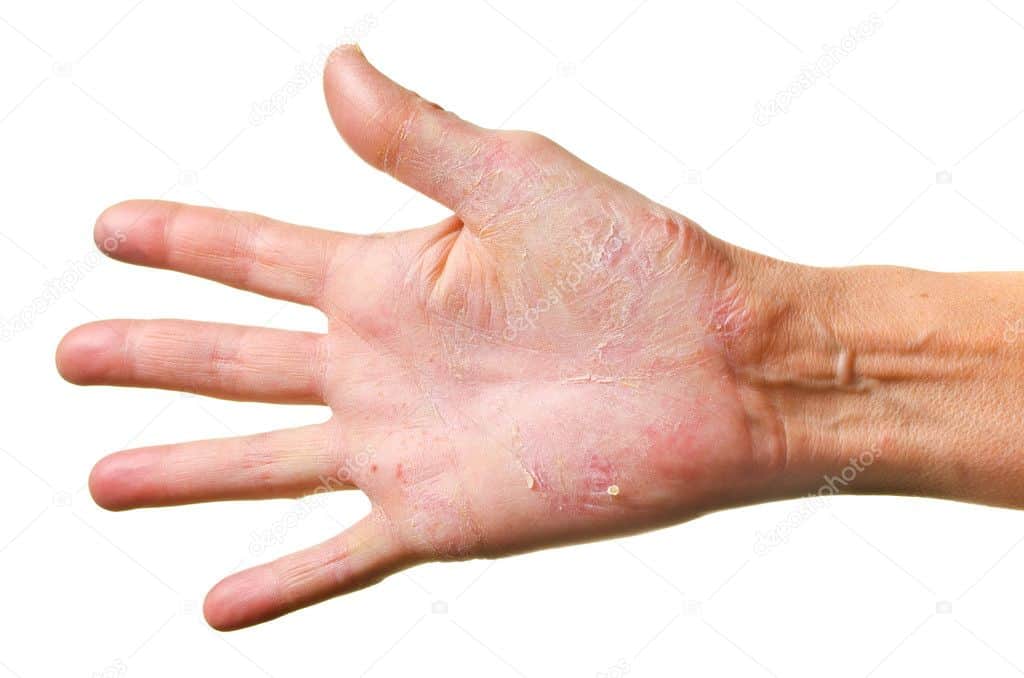Have questions about Eczema and want to understand it better? Well, we’ve got you covered! It’s under our beauty microscope this week, so scroll down to read what exactly eczema is, what triggers it and what are some trusted ways to sooth it:

What Is Eczema?
Eczema is a skin condition which causes inflammation of the skin, making it red and itchy. Face, hands, feet and even other parts of your body, can all be possible places for eczema to appear. It’s extremely common in infants, especially on the face, and the rashes often dispel fluid. In adults however, as discussed, rashes can be anywhere on the body, causing extremely dry skin. However, it’s not necessary that having eczema as a child will mean it follows through to you as an adult. In some cases, eczema actually improves with time. However, the opposite has also proven to be the case with rashes getting more intense and scaly as one gets older.

What Can Trigger It?
Like in most conditions, there are certain things that can flare up someone’s eczema. It obviously differs from person to person, but some of the common irritants are:
- Fragranced liquids such as hand and dish soap, detergents, disinfectants and in some cases, even fresh juice from fruits or vegetables can irritate the skin.
- Extreme temperatures of hot and cold, or humidity.
- Hormone imbalance during a woman’s menstrual cycle or pregnancy can lead to an eczema flare up.
- Emotional stress is known to affect the body and can lead to eczema symptoms getting worse.
- Certain food such as soy, dairy products, and even nuts – stay clear from anything that causes your skin irritation.

The Different Types Of Eczema
The most common type of eczema is atopic dermatitis which often shows up before the age of 5 and doesn’t always follow through to adulthood. It’s the one that the article mainly focuses on, but other types of eczema include:
- Dyshidrotic Eczema: Mainly affects the palms of the hand and the feet and often appears as blisters. As the blisters start to heal, the affected area can become extremely dry.
- Allergic Contact Dermatitis: An allergic response to a substance that the body considers foreign. It often appears as a red, itchy rash.
- Neurodermatitis: Develops when an already itchy patch of skin, for example after a mosquito bite, is further scratched to the point that the affected area becomes leathery, rough and red. It isn’t life threatening, but the itching cycle can be difficult to break and in serious cases, can cause infection.
- Nummular Eczema: This type of eczema is classified by round, coin like rashes around the body, typically on the arms and legs. They are known to itch, cause redness and dryness and sometimes, even ooze out liquids.

What’s The Treatment?
There is no cure for eczema and treatment for eczema obviously varies from person to person, depending on the type of eczema they have, and the intensity. But there are some things one can do to sooth an eczema flare up:
- Take a lukewarm bath and avoid fragrant detergents or soaps – stick to mild formulas.
- If there is a clinical cream or ointment that you need to apply over the infected area, apply it when the skin is almost dry and apply the moisturiser on top of that.
- Wear soft fabrics and breathable materials such as cotton.
- Apply moisturiser at least twice a day to avoid the skin getting extra dry and flaky.
- Don’t rub your skin after a shower – let it air dry or pat it dry.
For information about what medication or ointment to use, you should consult a doctor as they’ll be able to advise you best, but taking care of your skin is key to getting a handle on your eczema. Good luck!










What do you think?
You must be logged in to post a comment.